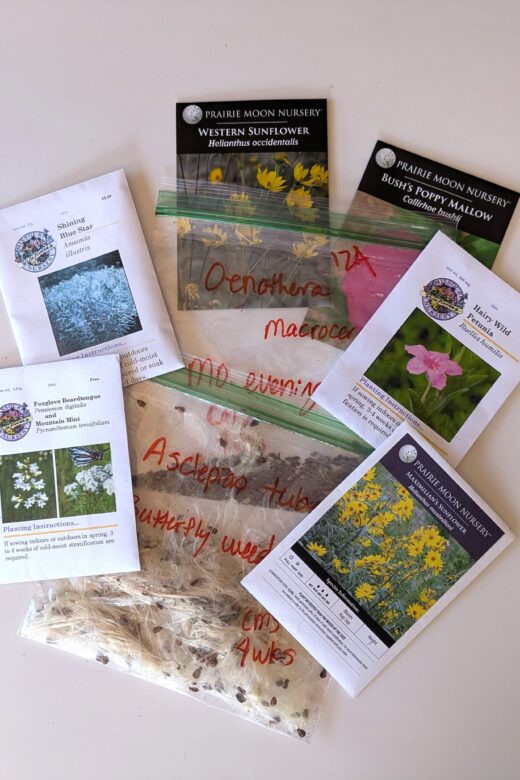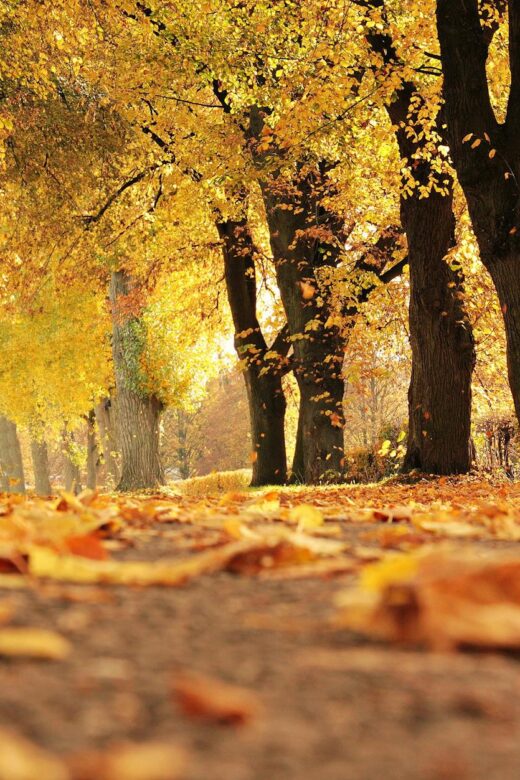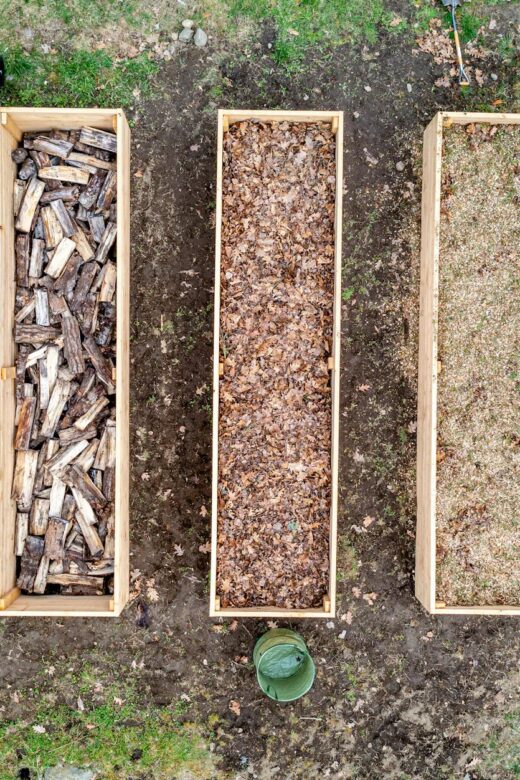{3 minute read} A few weeks ago, I found myself hauling and stacking invasive brush alongside the City of Springfield and the …
Continue Reading about Restoring Lost Hill Park: A Conservation Effort Rooted in History

{3 minute read} A few weeks ago, I found myself hauling and stacking invasive brush alongside the City of Springfield and the …
Continue Reading about Restoring Lost Hill Park: A Conservation Effort Rooted in History

{5 minute read} Starting a garden from seed is a fantastic way to enhance your gardening skills while keeping costs low. Native …

{3-minute read} Today, we’re sharing a few tips to prepare your property for cooler weather and ensure that our pollinators …
Continue Reading about Challenge Your Idea of “Fall Garden Cleanup”

{5-minute read} In a previous post we discussed the environmental and personal health impacts of four popular mulch types for …